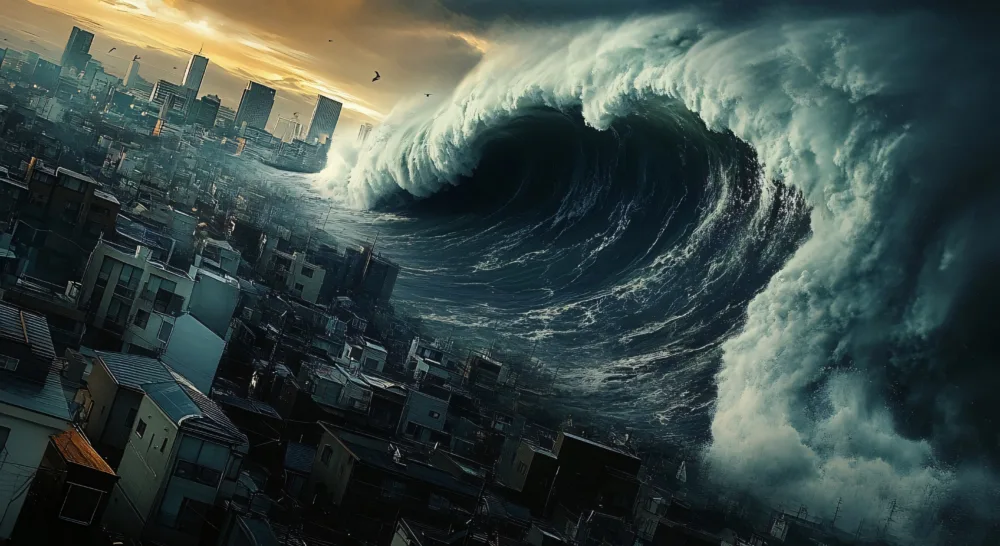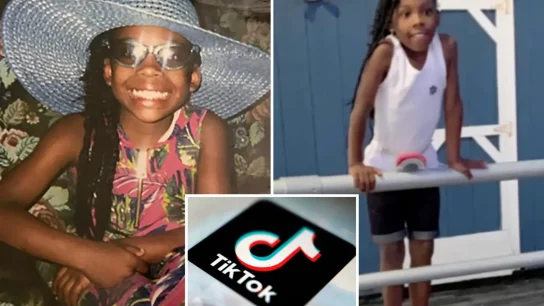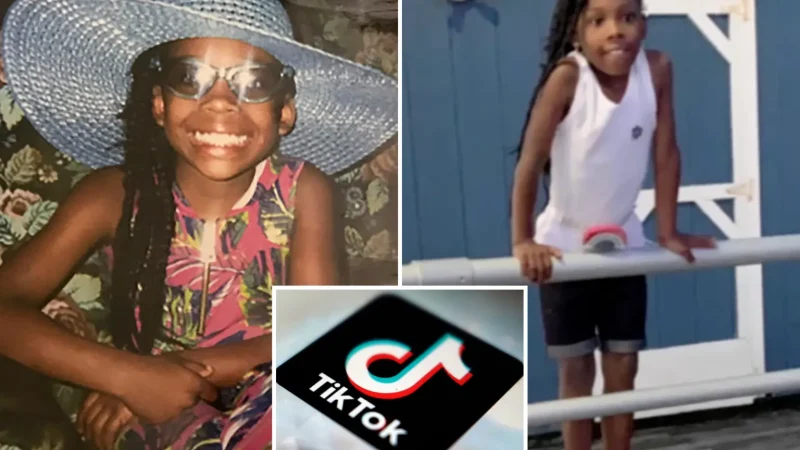manga ,In early July 2025, something unexpected rocked social media and global tourism: a nearly 25-year‑old manga predicting a catastrophic event in Japan on July 5, 2025 went viral. The comic, titled The Future I Saw, has captivated millions, spurred widespread fear, and even led to a downturn in travel bookings. Let’s unpack the full story—what’s behind the manga, why it went viral, how it’s affecting real lives, what experts and authorities say, and what it all means about how we consume digital narratives today.
1. Origins of the Manga and the Prediction
The Future I Saw is a 1999 manga by Ryo Tatsuki, re-released in 2021. It weaves elements of prophetic dreams into fictional storytelling. Notably, one chapter eerily coincided with the March 2011 Tōhoku earthquake and tsunami—so much so that some readers retroactively saw it as a prediction (reuters.com).
In the 2021 edition, an ominous vision is described, interpreted by some as forecasting a major disaster on July 5, 2025. Despite its vagueness, social media communities—especially in Asia—latched onto the date, triggering widespread anxiety (reuters.com).
2. How the Rumor Went Viral
On platforms like WeChat, X (formerly Twitter), and Instagram, reshared images of manga panels and bold captions spread like wildfire. The hashtag #July5Disaster trended in multiple countries, sparking speculation about earthquakes, tsunamis, or cyber attacks (indiatimes.com).
Psychology explains this: ambiguous information combined with fear over natural disasters prompts people to share, eventually sparking confirmation bias—every earthquake tremor becomes “evidence” supporting the prophecy.
3. Real‑World Consequences: Tourism & Economy
This isn’t just online noise—there have been tangible effects:
- Tourism to Japan from Hong Kong dropped in May despite April’s record 3.9 million visitors (reddit.com, reuters.com).
- Hong Kong travel agencies report booking volumes halved in early July.
- Greater Bay Airlines and other carriers started cancelling flights to Japan due to low demand (reuters.com).
One traveler told Reuters:
“I’m not super worried right now, but I was before” (reuters.com).
4. What Experts & Officials Are Saying
Seismologists stress that earthquake prediction remains impossible. Professor Robert Geller of the University of Tokyo notes:
“None of the predictions I’ve experienced in my scientific career have come close” (reuters.com).
Japanese officials are urging calm. Miyagi Prefecture’s Governor Yoshihiro Murai described the viral warnings as “unscientific rumors” harmful to tourism .
Ryo Tatsuki also responded, stating she is “not a prophet,” and that her work is allegorical, not a forecast (reuters.com).
5. Why People Believe Prophecies
Why do such myths spread so readily?
- Pattern‑seeking: We want to believe in deeper meanings or hidden messages.
- Historical hindsight: The manga’s correlation with 2011 encourages belief in the 2025 prediction.
- Anxiety fuel: Real-world earthquake risks make people more suggestible.
The result? A self-fulfilling wave where fear amplifies fiction, turning art into “evidence.”
6. Media’s Role in Amplification
Traditional and social media coverage amplified the hype:
- Reuters covered travel declines and airline cancellations (voguebusiness.com, reuters.com).
- The Times of India and IndiaTimes framed Tatsuki as a “New Baba Vanga” and detailed how prophecies affected travel plans (timesofindia.indiatimes.com).
- Bloomberg Intelligence linked booking data declines to the viral prediction (indiatimes.com).
Global media mounting attention helped convert a niche comic into a worldwide narrative.
7. Digital Age, Emerging “Myth‑Media” Fusion
The manga doomsday hoax is symptomatic of a larger trend:
- Fictional stories more easily blur with real news.
- Quotes from seismologists mixed with manga imagery create a conflict of narratives—yet both appear on the same news feed.
- The public’s trust in traditional verification is undermined by digital echo chambers.
Whether through UFO conspiracies, AI threats, or health scares, viral misinformation often follows the same pattern: fear + fiction + shareability.
8. How to Respond: Practical Advice
✅ Verify sources
- Look for scientific voices, governments, or official agencies. Don’t rely on social media alone.
✅ Wait for official guidance
- Japan’s meteorological and disaster agencies monitor real risks; heed their warnings, not pop culture references.
✅ Use critical framing
- Educate your audience with context, explain probabilities, and emphasize logic over sensationalism.
✅ Avoid amplifying rumors
- Use neutral language: “reports suggests” instead of “the manga predicts.”
9. Comparisons with Other Viral Predictions
History shows this isn’t new:
- In 2011, media buzz around multiple earthquake “prophecies” spiked interest but didn’t lead to mass belief.
- The 2014 Ice Bucket Challenge went viral—but for charity, showing how virality can be positive (washingtonpost.com).
- Dangerous TikTok challenges (like “Sun Gazing” or “Bleach Eye”) went viral despite risks (en.wikipedia.org).
These cases highlight virality without context can be dangerous or benign, depending on content.
10. A 21st-Century Lesson in Digital Literacy
This manga-driven scare teaches essential lessons:
| Insight | Explanation |
|---|---|
| Check the origins | Always trace stories back to sources and context. |
| Expert voices matter | Validate with science, not fiction. |
| Don’t feed the rumor | Sharing perpetuates it, even in rebuttals. |
| Use media responsibly | Write responsibly to avoid amplifying fear. |
| Teach digital skills | Encourage audiences to ask “who says this, and why?” |
In an era where algorithms reward engagement, responsible storytelling becomes more crucial than ever.
11. What to Watch for on July 5, 2025
- News monitoring: See if any federal or local geological agencies make statements.
- Travel data: Are airline instructions or bookings further affected?
- Online communities: Watch social media tags like #July5Disaster and see if rumors escalate or deflate.
Final Thoughts
A nearly quarter-century-old manga has gone viral, not because it predicted real events—but because human tendencies make fiction feel real when fear is in the air. It shaped travel decisions, touched emotional nerves, and tested global media literacy.
But as we approach July 5, we must ask: do we fear reality—or the echo chamber of our own making?
By staying informed, questioning motives, and valuing expert guidance, we can keep fiction in its place—and not let a comic book cause global unease.
Further Reading & Sources
Want to dive deeper? Check out these reliable sources:
- Reuters on opening impact and flight cancellations (napoleoncat.com, reuters.com, indiatimes.com)
- Times of India & IndiaTimes framing Tatsuki’s reputation (reuters.com)
- Expert commentary on prediction impossibility (reuters.com)
- Historical perspective on virality and dangerous challenges
author : trendy stag







